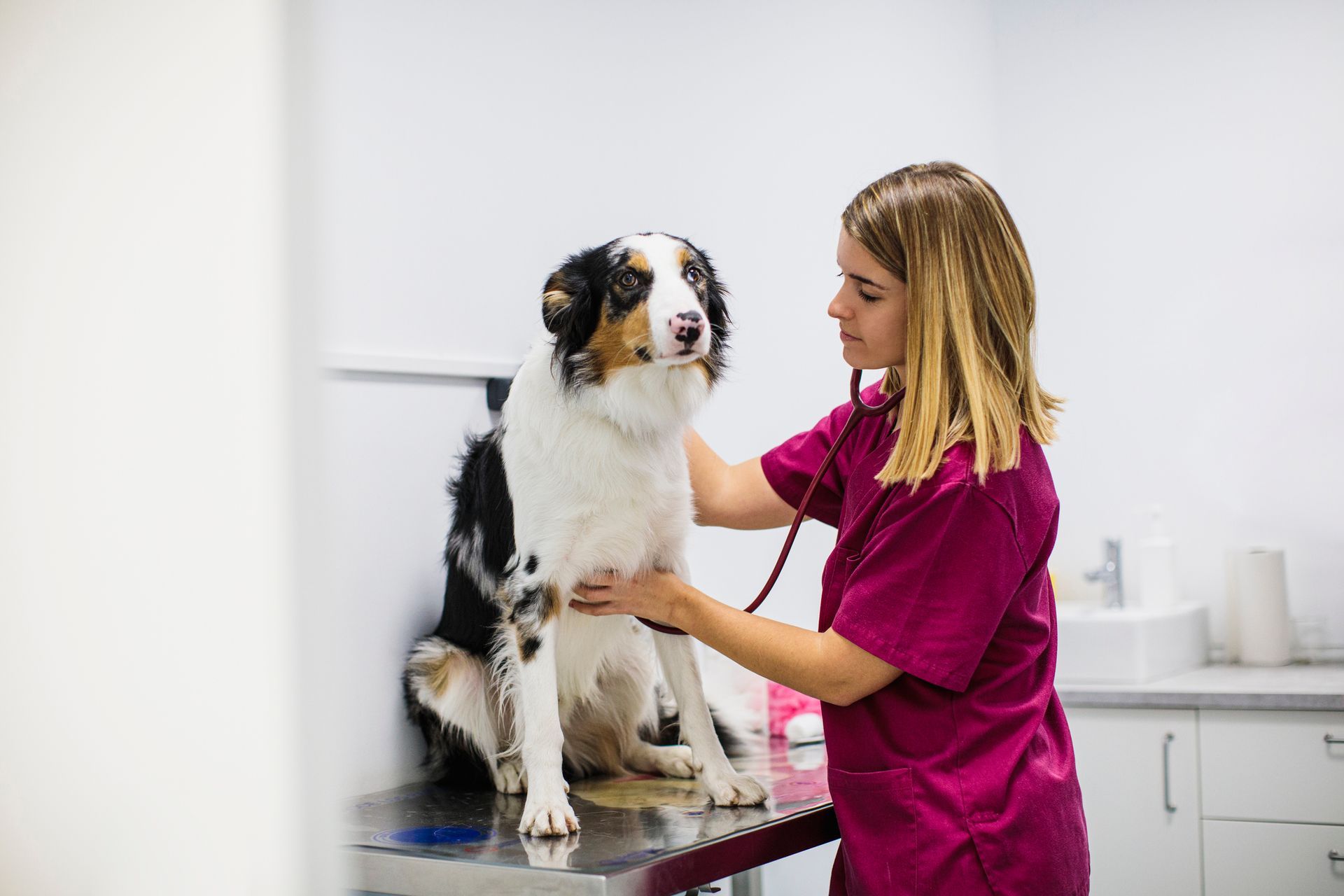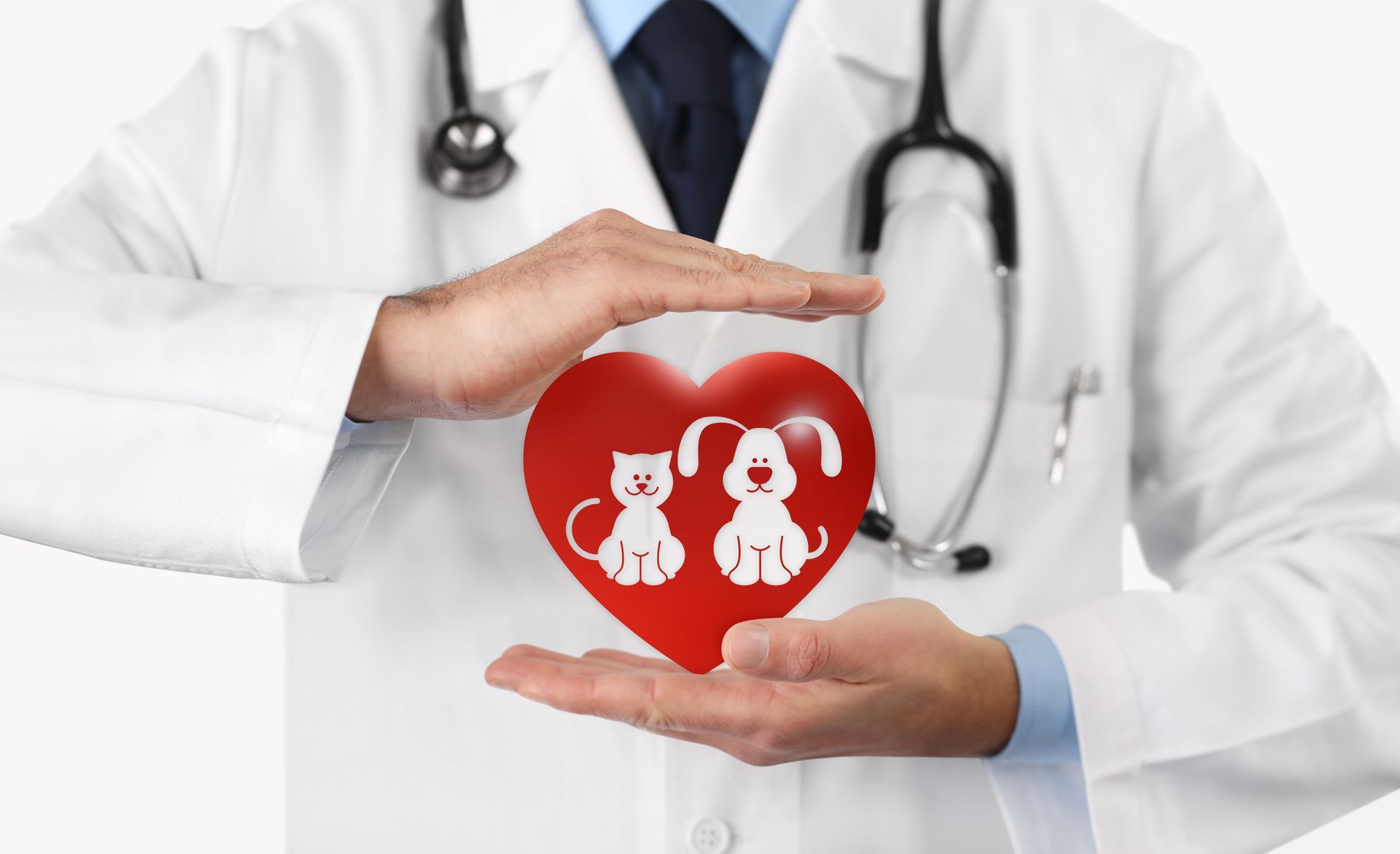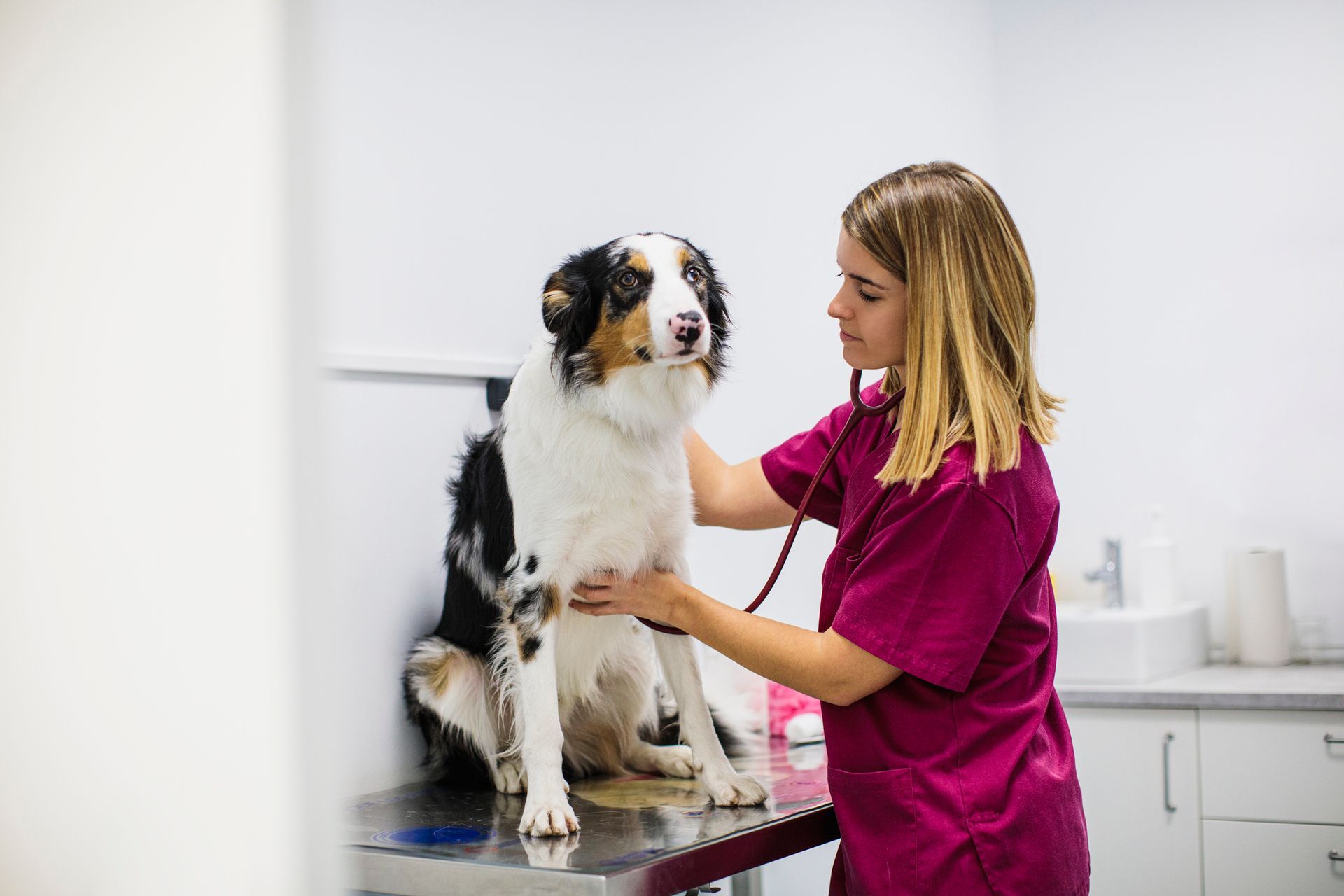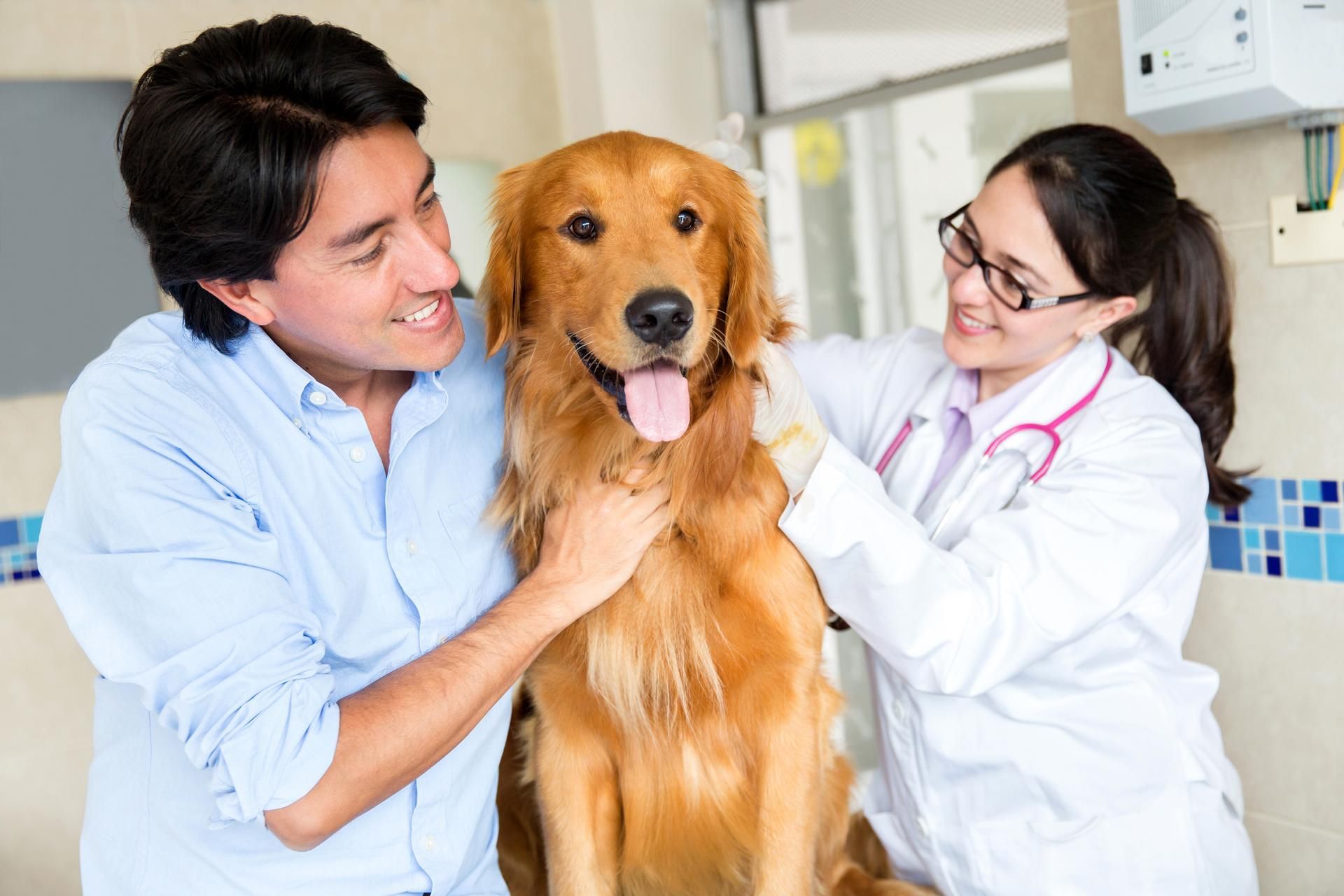A Guide To Understanding Your Dog's Distress Signals
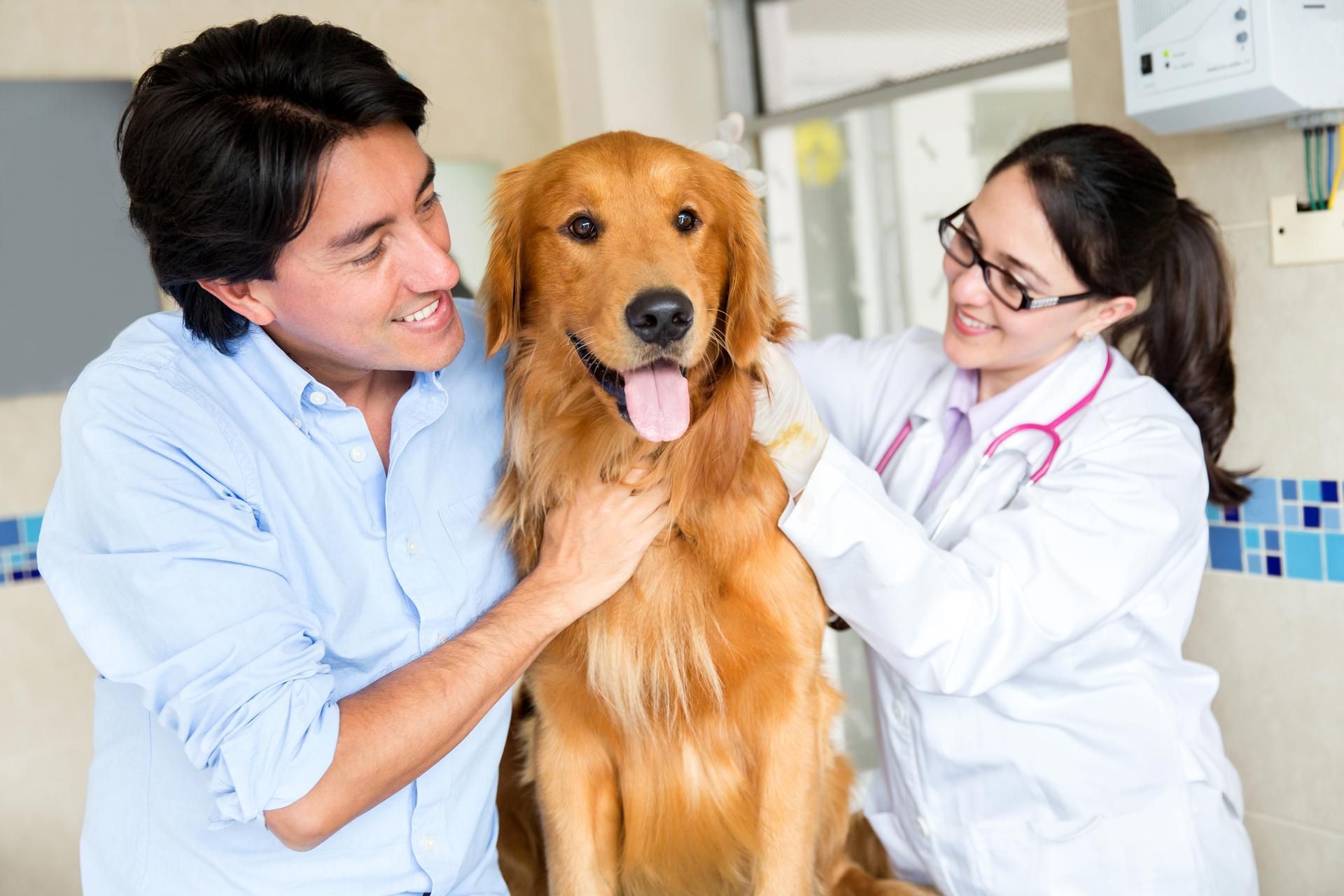
Every bark, whimper, and tail wag from your dog is a unique language waiting to be deciphered. But when your four-legged friend is in distress, these signals become more than just casual canine conversation––they can be urgent calls for help. Are you equipped to understand these signs?
This comprehensive guide will unravel the subtle and not-so-subtle signs your furry companion uses when they're not feeling their best. With the right knowledge and an attentive eye, you'll be able to spot when your dog is in distress and provide them with the comfort they need.
Body Language Changes
One crucial indicator of your dog's well-being is a noticeable shift in their body language. Dogs are expressive creatures, and their physical demeanor can often reflect underlying discomfort or unease.
For instance, a dog that's usually lively but suddenly becomes lethargic and unresponsive might be a sign that they're not feeling well. Lethargy is usually a red flag in terms of canine health. You'll notice that your dog's movements seem slower than usual, they're less inclined to play, and they may even lie down more than normal.
Your pup's facial expressions can also be a giveaway of their overall health. A furrowed brow, squinting eyes, or puckered lips can all be signs that your dog is feeling distressed.
Similarly, excessive drooling, continuous trembling, or compulsive pacing can indicate pain or illness. Even subtler changes, such as a lowered tail, indicate discomfort you shouldn't overlook.
Although changes in body language may not mean your pup is in distress, it's important to check on them if you notice any sudden or drastic shifts. Even a small shift in behavior can be a sign of a bigger issue that requires attention from a certified veterinarian.
Behavioral Changes
In extreme cases, your dog's distress can manifest in changes to their behavior as well. These behaviors may include excessive barking, avoiding people and other animals, destructive chewing, or even self-injury.
For instance, if your pup suddenly starts licking themselves excessively, it could be a sign that they're in pain or overly anxious. Similarly, if your dog begins urinating indoors or showing signs of aggression, it could be trying to communicate that they're feeling unwell.
Perhaps the most telling sign of all is when your pooch starts to exhibit unusual hiding behaviors. If a normally outgoing canine companion suddenly begins seeking solitude more often than usual, it could be a sign that their health is in decline, and they're seeking a safe place to rest. In fact, it's not uncommon for a sick dog to even retreat into dark or tight spaces, like under the bed or in a closet.
Usually, a dog going through these changes will whine, whimper, or bark excessively when approached. Use your best judgment and take the necessary steps to provide them with comfort or medical attention as needed.
Also, be sure to keep an eye out for any changes in their eating and drinking habits, as these can also indicate distress. If they tend to eat slower than usual or become picky about their food, they may not be feeling well.
Remember, every dog is unique, and what signifies distress in one dog might not be in another. So pay close attention to your dog's normal behavior so that you can easily spot any changes. Learning how to identify them can make all the difference when it comes to your pup's health and well-being.
If you ever have doubts, our experienced team at South Seattle Veterinary Hospital is here to help! We offer full-service veterinary care for all of your four-legged family members to ensure they stay happy and healthy.




